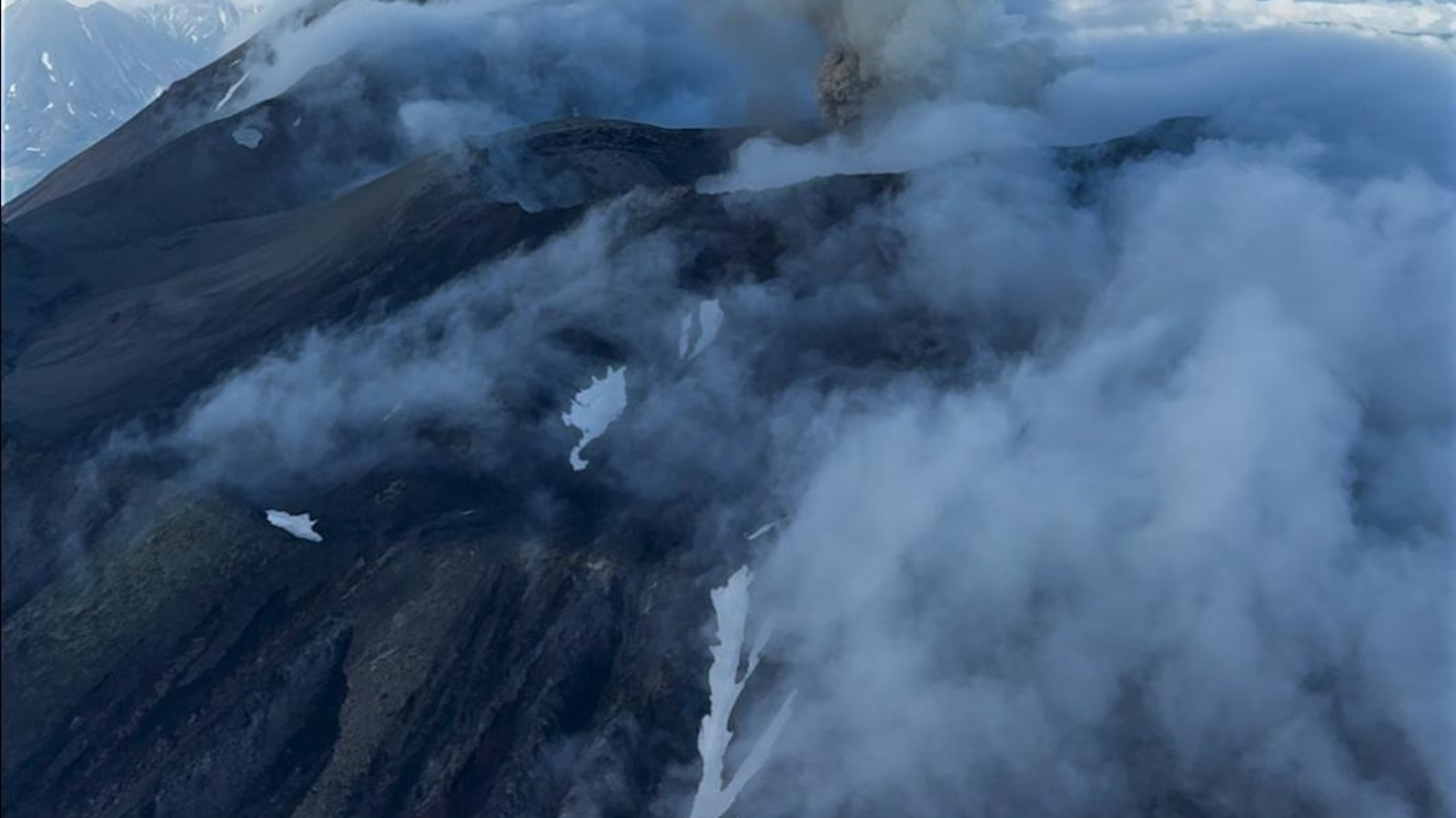T4K3.news
8.8-magnitude earthquake prompts global tsunami warnings
An earthquake off Russia's Kamchatka peninsula triggered timely evacuations and warnings across the Pacific.

An 8.8-magnitude quake triggered rapid action and showcased improvements in disaster response.
A powerful earthquake provokes major global response
On Wednesday, a powerful 8.8-magnitude earthquake shook a remote part of far-east Russia, leading to a tsunami that raced across the Pacific Ocean. Early-warning systems were set in motion, warning coastlines as far away as Hawaii and Japan. Thanks to the timely alerts, over 3 million people were evacuated, minimizing damage and loss of life. The Pacific Tsunami Warning Centre played a key role in ensuring swift communication and coordination. Despite the quake's intensity, the impact was less severe than feared, with wave heights recorded below what many had anticipated, in part due to effective preparation and past experience with disasters.
Key Takeaways
"People had that long-term education and readiness to know what to do."
Ilan Kelman emphasizes the importance of past experiences in current response effectiveness.
"The tsunami alert systems worked well during the earthquake response."
Local officials confirmed the effectiveness of the warnings during the incident.
"We owe them so many thanks for issuing appropriate messages and saving lives."
Kelman advocates for support of the Pacific Tsunami Warning Centre after their effective response.
The recent earthquake and tsunami incident highlights significant advancements in global disaster response since the 2004 tsunami tragedy. The quick actions following this earthquake exhibit a marked improvement in preparedness and communication among nations. However, potential risks remain, particularly with governmental budget cuts that could hamper preparedness efforts in the future. These cuts could threaten the effectiveness of the very systems that today saved lives. A continued focus on funding and improving tsunami alert systems is essential to ensure future safety.
Highlights
- Preparedness saved countless lives during the recent tsunami event.
- The swift response proves the value of disaster education.
- Our evaluation systems must improve to keep communities safe.
- Budget cuts threaten future disaster preparedness efforts.
Concerns over budget cuts affecting safety measures
Cuts to the Pacific Tsunami Warning Centre could undermine future emergency responses, risking lives if not addressed.
Continued investment in disaster preparedness is crucial for safeguarding lives and communities.
Enjoyed this? Let your friends know!
Related News

Major earthquake triggers tsunami warnings across Pacific region

Magnitude 8.8 earthquake strikes Kamchatka Peninsula

Krasheninnikov volcano erupts for first time in centuries

Krasheninnikov volcano erupts in Russia

Elden Ring Patch 1.02 Delayed

Oprah Winfrey criticized for road claims during Hawaii tsunami warnings

7.4 magnitude earthquake triggers tsunami alerts

Hawaii officials confirm no tsunami threat after earthquake
